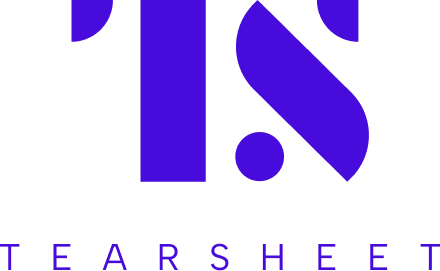How Grasshopper uses team building and customer acquisition strategies to catalyze its growth
- Grasshopper has recently grown its talent pool by bringing on four new executives to fill key roles in startup banking, embedded finance, product management, and SMB/SBA lending.
- We look at how team building is intertwined with Grasshopper’s growth strategy and its growth trajectory two years post-relaunch.

Acquiring talent with expertise in emerging technologies and bringing fresh perspectives is increasingly viewed as a vital investment for a company’s sustained growth, expansion, and progression.
Goldman Sachs, for instance, runs its summer internship program as a means to gauge the potential of its young recruits, with an eye toward offering full-time positions to promising candidates.
Grasshopper has recently grown its talent pool by bringing on four new executives to fill key roles in startup banking, embedded finance, product management, and SMB/SBA lending.
After its 2019 debut as a direct bank for tech startups, Grasshopper evolved and relaunched itself in 2022 with a wider service offering. It now caters to SMBs, startups, fintechs, venture capital and private equity funds, and commercial clients seeking SBA and real estate financing.
“We believe that it is important for Grasshopper to have a diverse balance sheet, while also staying committed to providing a great banking experience to client segments where we can make a difference,” said Chris Tremont, Chief Digital Officer at Grasshopper.
Tremont notes that moving beyond a niche-focused strategy is important because if a specific approach or execution falters, reaching desired growth targets can be more challenging compared to larger institutions that cater to diverse client segments.
We look at how team building is intertwined with Grasshopper’s growth strategy and its growth trajectory two years post-relaunch.
The four key business lines of Grasshopper Bank
…



